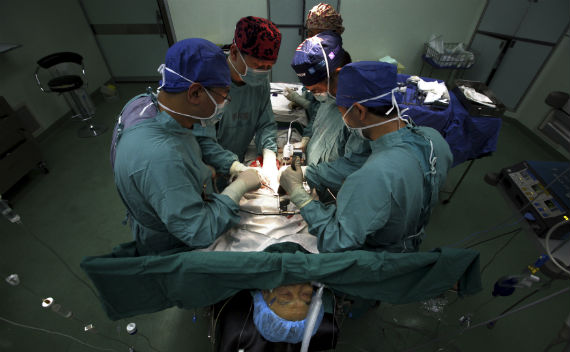Sick Man of East Asia
More on:

Foreign Affairs just published its November/December issue, which includes my piece “Sick Man of Asia” (behind paywall). The title is reminiscent of “Sick Man of East Asia,” a metaphor used to allude to a China too weak to withstand the challenges posed by Western powers in the early 20th century. Ironically, as China is regaining its greatness, the disease burden is rapidly increasing, suggesting a sicker China in the post-Mao era. Here is some epidemiological data:
–The average life expectancy in China rose by only about 5 years between 1981 and 2009. In countries that had similar life expectancy levels in 1981 but had slower economic growth thereafter–Colombia, Malaysia, Mexico, and South Korea, for example–by 2009 life expectancy had increased by 7 to 14 years.
–While China is still battling a legion of infectious diseases, noncommunicable diseases–including cardiovascular disease, chronic respiratory diseases, and cancer–account for 85 percent of total deaths in the country, much higher than the global average of 60 percent.
–17.5 percent of the Chinese population, or more than 227 million people, suffer from some form of mental problem. This is one of the highest such rates in the world.
Disease has taken a heavy toll on the national economy. Official data suggests that in 2010, the total economic burden of disease amounts to 4.8 trillion yuan ($728.4 billion), or 12 percent of GDP. Between 2003 and 2010, the growth of disease burden (197%) even outpaced China’s GDP growth (193%).
Without disregarding the role of biomedical or behavioral factors, this article highlights the structural factors (e.g., government policy and political institutions) as underlying causes of the changing health status in China. Essentially, China’s health crisis is a governance crisis.
Even today, with near universal coverage of health care, the state still lacks the incentives, capacities, and effectiveness in addressing its mounting health challenges, including reforming its debilitated public hospitals, the soaring costs of medical care, food and drug safety crises, and the growing burden of noncommunicable diseases and mental health problems.
More on:
 Online Store
Online Store
